

- RFQ
- BOM
-
Contact Us
Tel: +86-0755-83501315
Email: sales@sic-components.com
- Chinese
- English
- French
- German
- Portuguese
- Spanish
- Russian
- Japanese
- Korean
- Arabic
- Irish
- Greek
- Turkish
- Italian
- Danish
- Romanian
- Indonesian
- Czech
- Afrikaans
- Swedish
- Polish
- Basque
- Catalan
- Esperanto
- Hindi
- Lao
- Albanian
- Amharic
- Armenian
- Azerbaijani
- Belarusian
- Bengali
- Bosnian
- Bulgarian
- Cebuano
- Chichewa
- Corsican
- Croatian
- Dutch
- Estonian
- Filipino
- Finnish
- Frisian
- Galician
- Georgian
- Gujarati
- Haitian
- Hausa
- Hawaiian
- Hebrew
- Hmong
- Hungarian
- Icelandic
- Igbo
- Javanese
- Kannada
- Kazakh
- Khmer
- Kurdish
- Kyrgyz
- Latin
- Latvian
- Lithuanian
- Luxembou..
- Macedonian
- Malagasy
- Malay
- Malayalam
- Maltese
- Maori
- Marathi
- Mongolian
- Burmese
- Nepali
- Norwegian
- Pashto
- Persian
- Punjabi
- Serbian
- Sesotho
- Sinhala
- Slovak
- Slovenian
- Somali
- Samoan
- Scots Gaelic
- Shona
- Sindhi
- Sundanese
- Swahili
- Tajik
- Tamil
- Telugu
- Thai
- Ukrainian
- Urdu
- Uzbek
- Vietnamese
- Welsh
- Xhosa
- Yiddish
- Yoruba
- Zulu
- Kinyarwanda
- Tatar
- Oriya
- Turkmen
- Uyghur
Best Instrumentation Amplifiers 2025
The most noteworthy instrumentation amplifiers in 2025 are actually those that can accurately amplify weak signals while withstanding various interferences. These amplifiers are crucial in electronic design, especially in high-precision scenarios like medical devices and industrial sensors—they’re simply indispensable.
Let’s start by talking about what to keep an eye on when picking one. Input impedance has got to be high—otherwise, when you hook it up to a sensor, the signal might just get “muffled.” Noise needs to be low too—weak signals are super sensitive to this, like even a tiny bit of noise can wash out the useful stuff. Common-mode rejection ratio (CMRR) should be strong as well, or else all that electromagnetic interference in industrial settings will drive you nuts. Oh, and offset voltage and temperature drift? Can’t overlook those. If the temperature fluctuates, your measurement results might go haywire, and that’s a real pain.
When it comes to specific models, TI’s INA128 is definitely a top dog. Its input offset voltage is just a few microvolts, low enough to be negligible. Paired with an ultra-high CMRR (easily exceeding 100dB), it’s perfect for delicate tasks like strain gauges and medical instruments—it’s simply amazing. Plus, it has a wide supply voltage range, handling everything from battery-powered small devices to high-voltage industrial systems. Its compatibility is spot on. https://www.sic-components.com/product/search?search=INA128
ADI’s AD8226 is also a strong contender. With a CMRR that can hit over 130dB, it stays steady as a rock even in noisy factories. The best part is its rail-to-rail output, which makes full use of signals within the supply voltage range, maximizing dynamic range. It’s a sure bet for sensor signal conditioning, with both precision and durability. https://www.sic-components.com/product/search?search=AD8226ARM
Maxim’s MAX4466 takes a compact approach. It has built-in gain resistors, eliminating the need for a bunch of external components. It takes up little space on the board, making it ideal for space-crunched scenarios like portable medical devices. Despite its small size, its linearity and temperature stability are impressive. It’s more than enough for daily sensor signal amplification, and its cost-effectiveness is pretty good. https://www.sic-components.com/product/search?search=MAX4466EXK%2BT
Then there’s the LT1468, originally from Linear Tech and now part of ADI. It strikes an excellent balance between speed and stability. With high bandwidth, it won’t distort high-frequency signals. It performs steadily in both high and low-temperature environments, making it perfect for high-speed data acquisition systems—fast and accurate, it’s a solid choice. https://www.sic-components.com/product/search?search=+LT1468CS8
Nisshinbo Micro Devices’ NL9620 is also worth a mention. As Japan’s first industrial-grade high-precision model, it has a wide supply voltage range from ±2.3V to ±18V, making it easy to connect to various industrial equipment. Gain adjustment is done with just one external resistor, ranging from 1 to 10,000 times. Its EMC performance is strong too, staying stable in factories with complex electromagnetic environments—it’s reliable for industrial sensors.
Actually, when choosing, it mainly depends on your use case. For medical devices, prioritize low noise and precision. For industrial scenarios, focus on strong interference resistance and a wide temperature range. For portable devices, small size and low power consumption are a must. There’s no need to max out all parameters; being sufficient and suitable is what matters. After all, each model has its own strengths—choosing the right one is better than anything else.
https://www.sic-components.com/

Hot Products
View MoreRelated Blogs

2000+
Daily average RFQ Volume

30,000,000
Standard Product Unit

2800+
Worldwide Manufacturers

15,000 m2
In-stock Warehouse






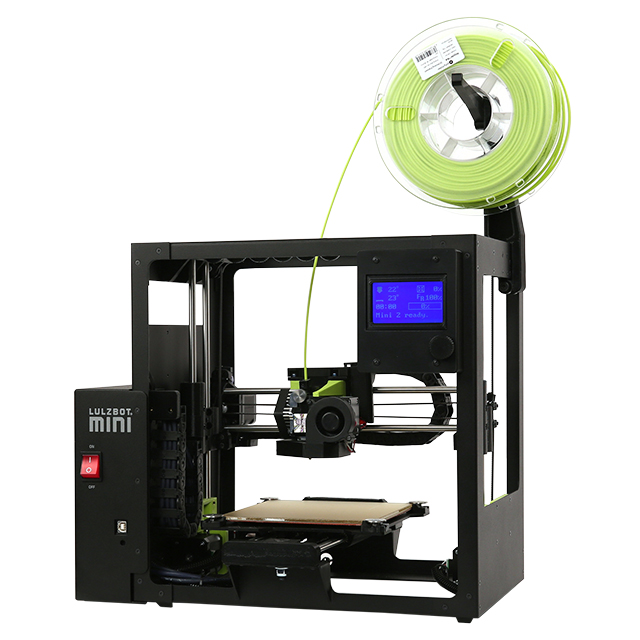


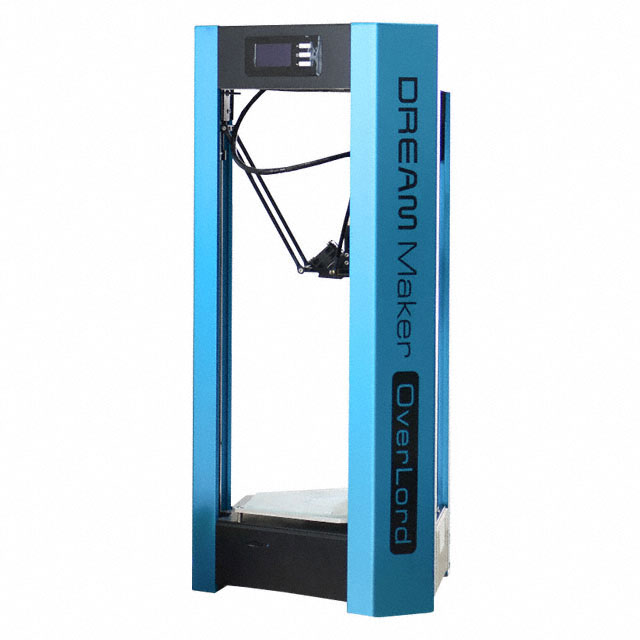


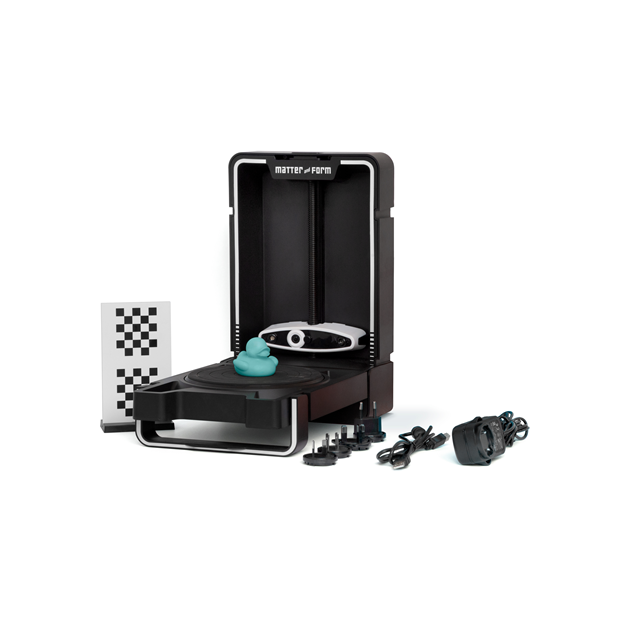
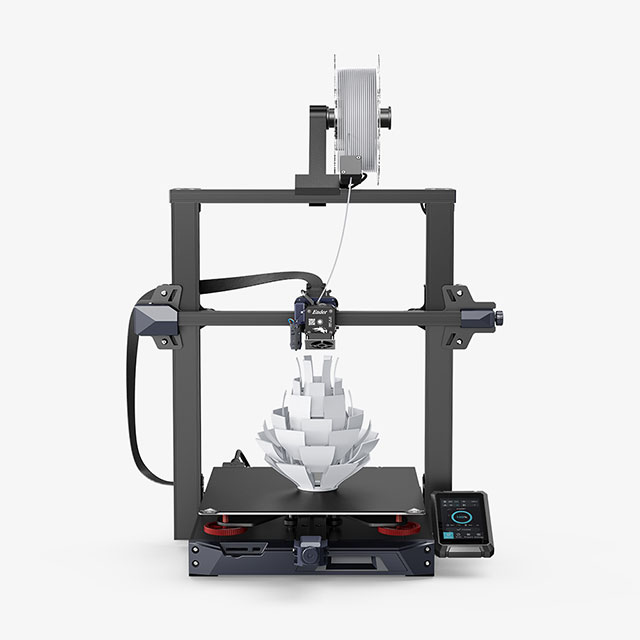


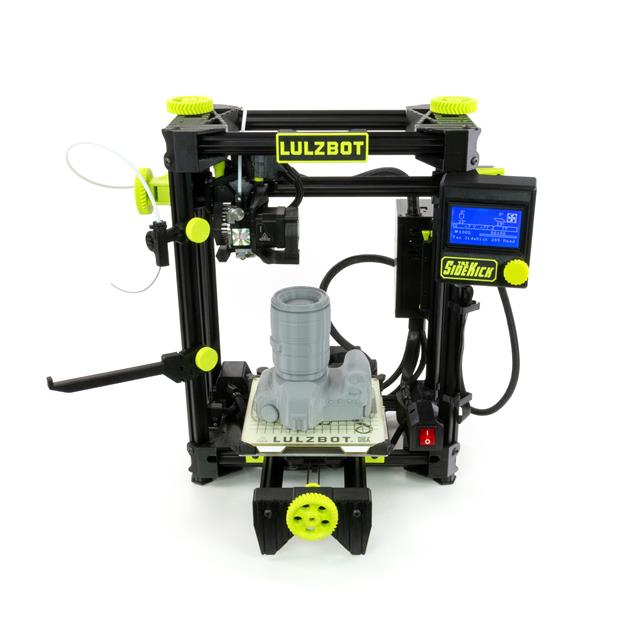
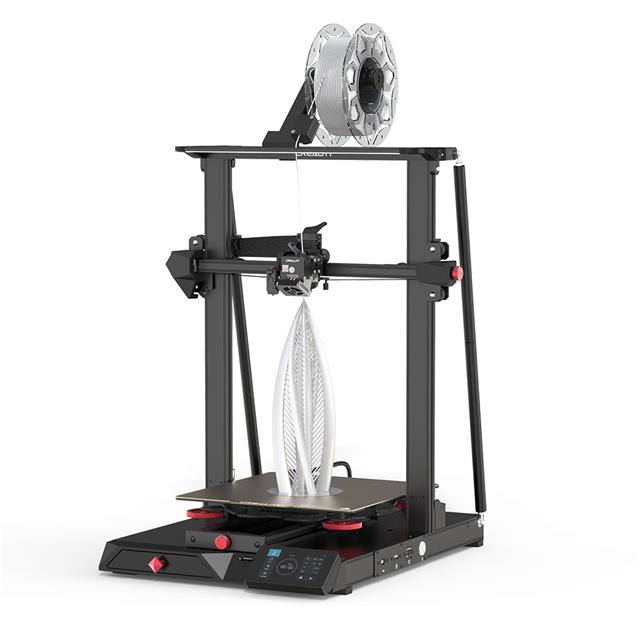

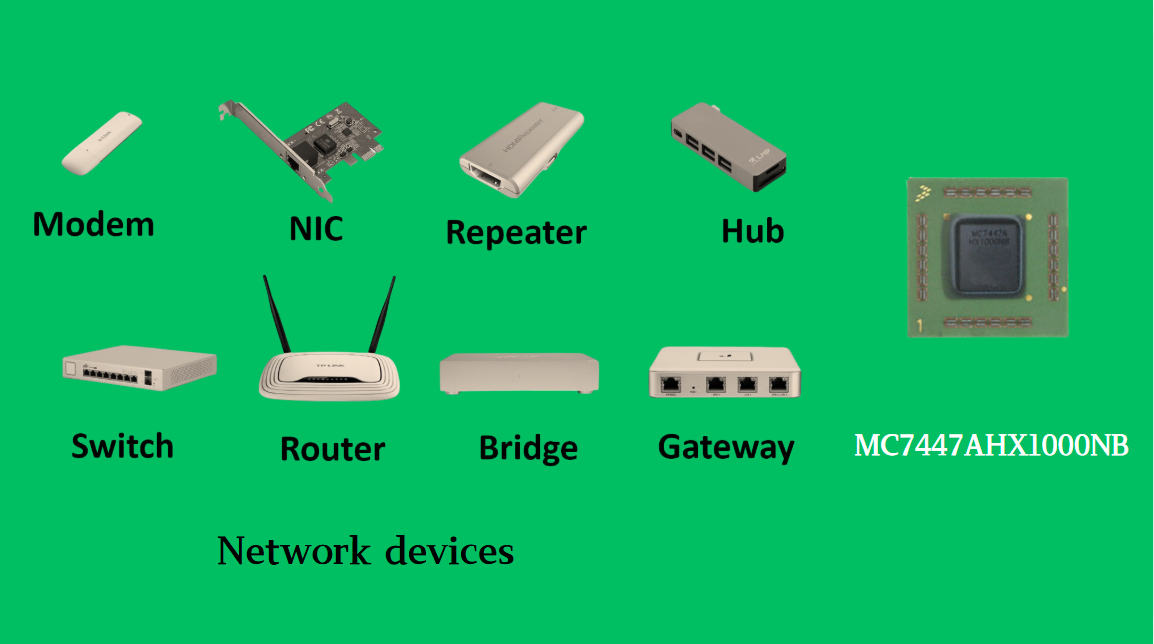
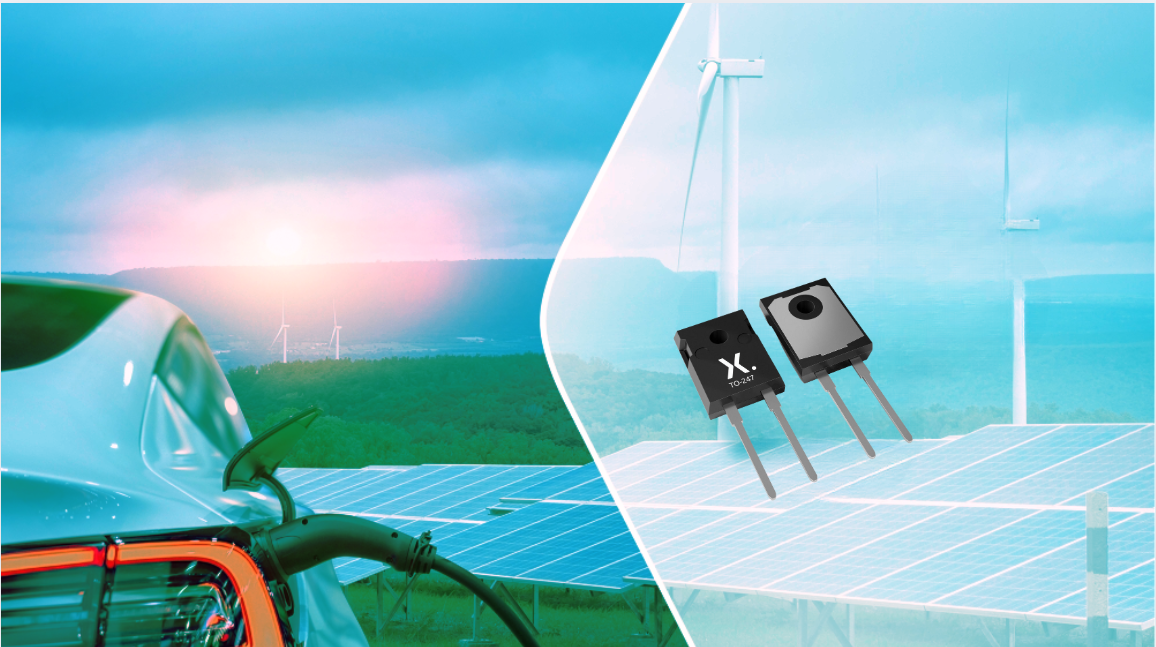







 Wishlist (0 Items)
Wishlist (0 Items)